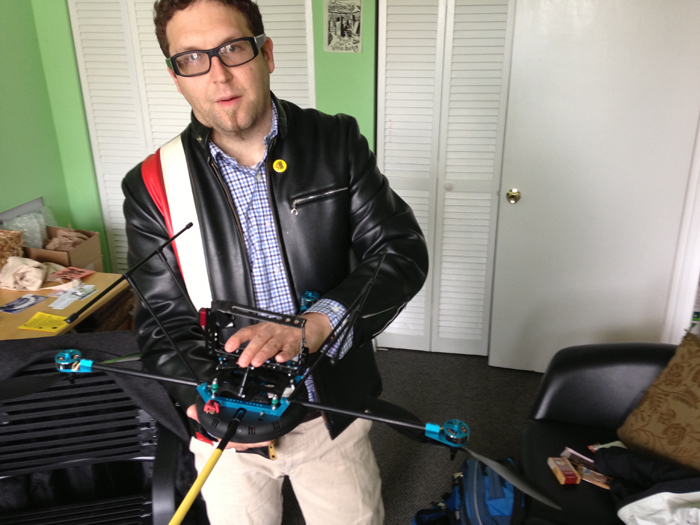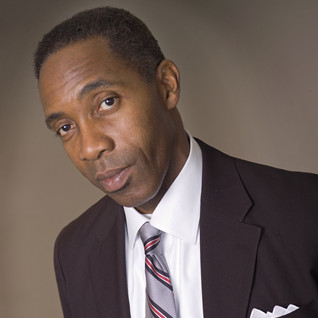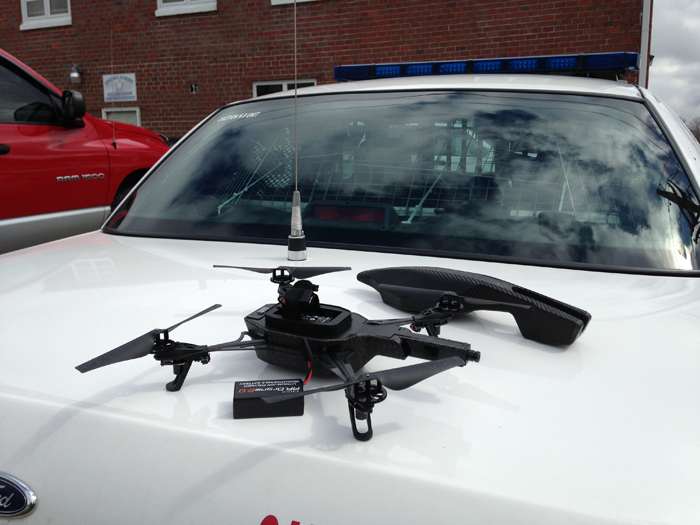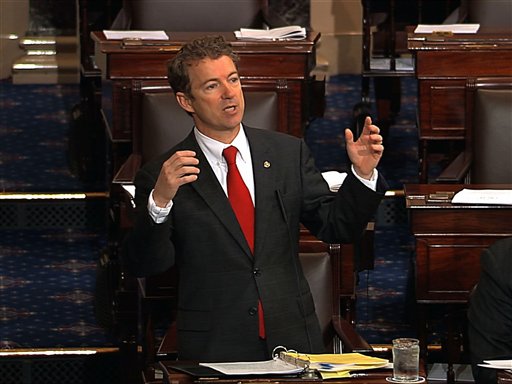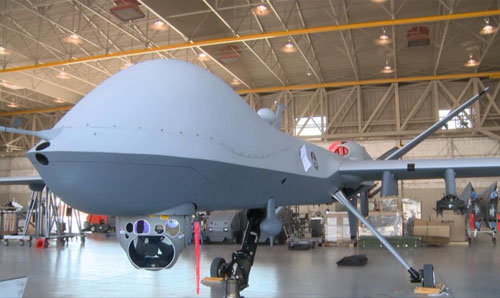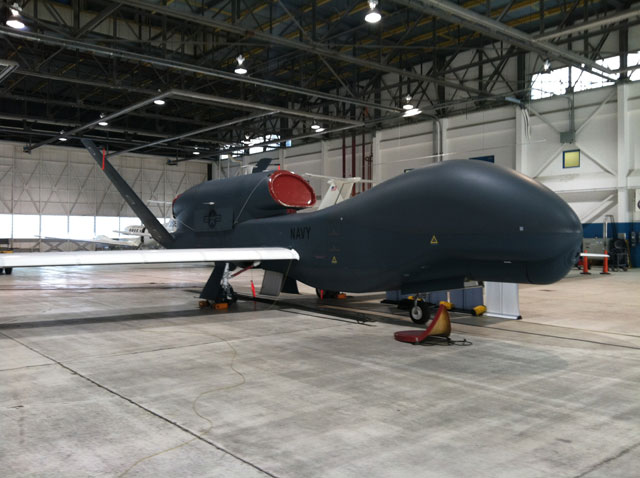WASHINGTON — The U.S. began using unmanned aerial vehicles in 2004 to target militants that were considered threats to national security. Since then, according to a variety of open sources including New America and The Bureau of Investigative Journalism, between 2,400 and 4,000 people have been killed in about 421 strikes.
Few, if any, people have ever lived to talk about being hit by a Hellfire missile fired from a drone. But the new book, “Hunter Killer: Inside America’s Unmanned Air War,” vividly describes the panic that drone targets experience.
Penned by retired Air Force Lt. Col. Mark McCurley, the book is the first account by a drone pilot.
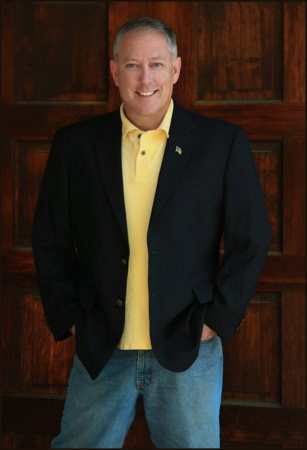
“The Hellfire missile, when it comes in, is close to the speed of sound. So you’ll hear a shock wave just a couple of seconds before the missile hits,” McCurley said.
He flew fighter jets and, for the last 10 years of his career, McCurley commanded drones.
McCurley has played a tactical role in some of the biggest operations in the history of the highly-classified program.
He told WTOP he’s also personally observed the harsh finality of drone strikes.
“Often times, we’ll see a target realize, when it’s too late, what’s about to happen.”
McCurley recounted one missile strike that killed a man who had commanded more than a dozen terror operatives around the world.
“In the last couple of seconds, because of how low I had to get because of weather to make the shot happen, he [the target] heard the missile come in. He looked right at me through the camera of the airplane. So, I looked him in the eye as he died.”
McCurley commanded the controversial mission that killed American Anwar al-Awlaki. U.S. intelligence had connected Awlaki, a leader of the dangerous al-Qaida in the Arabian Peninsula (AQAP) franchise, to several of the Sept. 11 attackers.
He also was linked to Fort Hood attacker Major Nidal Hasan and Umar Farouk Abdulmutallab, who tried to bring down a Northwest Airlines flight on Christmas Day 2009 in the sky over Detroit.
“We tracked him for about a year until we finally nailed down where his exact location was and were able to get eyes on him. For several days before the strike, he had been active on his network and running in the area that we expected him to be in,” McCurley said.
Then on Sept. 30, 2011, McCurley got a call from the predator liaison officer who coordinated drone strikes in Africa and Yemen. Before answering, McCurley’s intuition told him what the call was about.
“Knowing what was at stake, when that call came I knew what it was going to be,” McCurley said.
McCurley watched on a large plasma screen in the operations center as Awlaki’s life came to an end.
But killing wasn’t all McCurley did.
In 2005, he was commanding a drone squadron on the day that Navy SEAL Marcus Luttrell’s team (subject of the Mark Wahlberg movie “Lone Survivor”) issued a call for help from Afghanistan’s Kunar province. The team was there to eliminate a Taliban fighter when it was ambushed on three sides. Luttrell’s three fellow SEALs were killed, but McCurley’s drone squadron came to the rescue.
“He’d already finished the fire fight when we broke through a line of thunderstorms. We got on scene to see that the chopper of the SEAL team that went out to get them was burning and we were on station long enough to hear him call for help,” McCurley said.
The information was passed on to the Army, which rescued Luttrell. McCurley considers that his “most important professional accomplishment.”
According to McCurley, being a drone pilot comes with numerous challenges including living stateside with a family, but engaging in combat every day without the benefit of time and space separation after killing someone in combat.
McCurley made his point anecdotally:
“I wake up in the morning. I am a 5-year-old’s daddy. I transition to work. On a good day, I see nothing. On a bad day, I have to pull a trigger. Instead of having a couple of weeks or months to deal with that in theater, I now have 45 minutes to transition back from ‘I just killed a human being’ to being that 5-year-old’s daddy again,” McCurley said.
McCurley’s biggest challenge, however, may be yet to come.
In recent months, Sally Jones, the widow of Junaid Hussain, a top Islamic State of Iraq and the Levant operative killed in a drone strike, released information obtained by hackers that allegedly pinpointed McCurley’s location along with other U.S. military personnel.
When asked about it, he said, “I’d rather not talk about it. We react accordingly, we initiate our security measures and we counter everything they try.”



